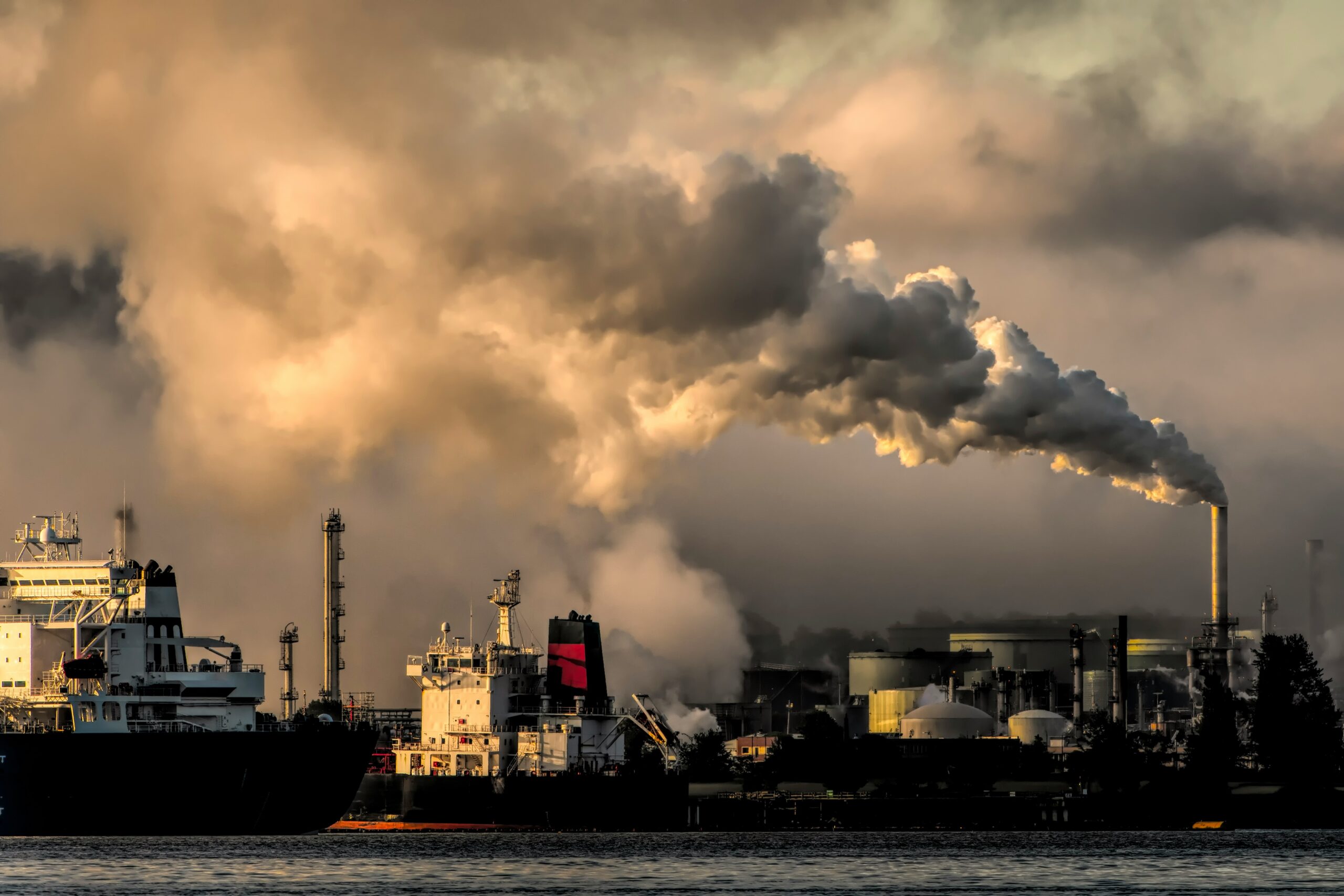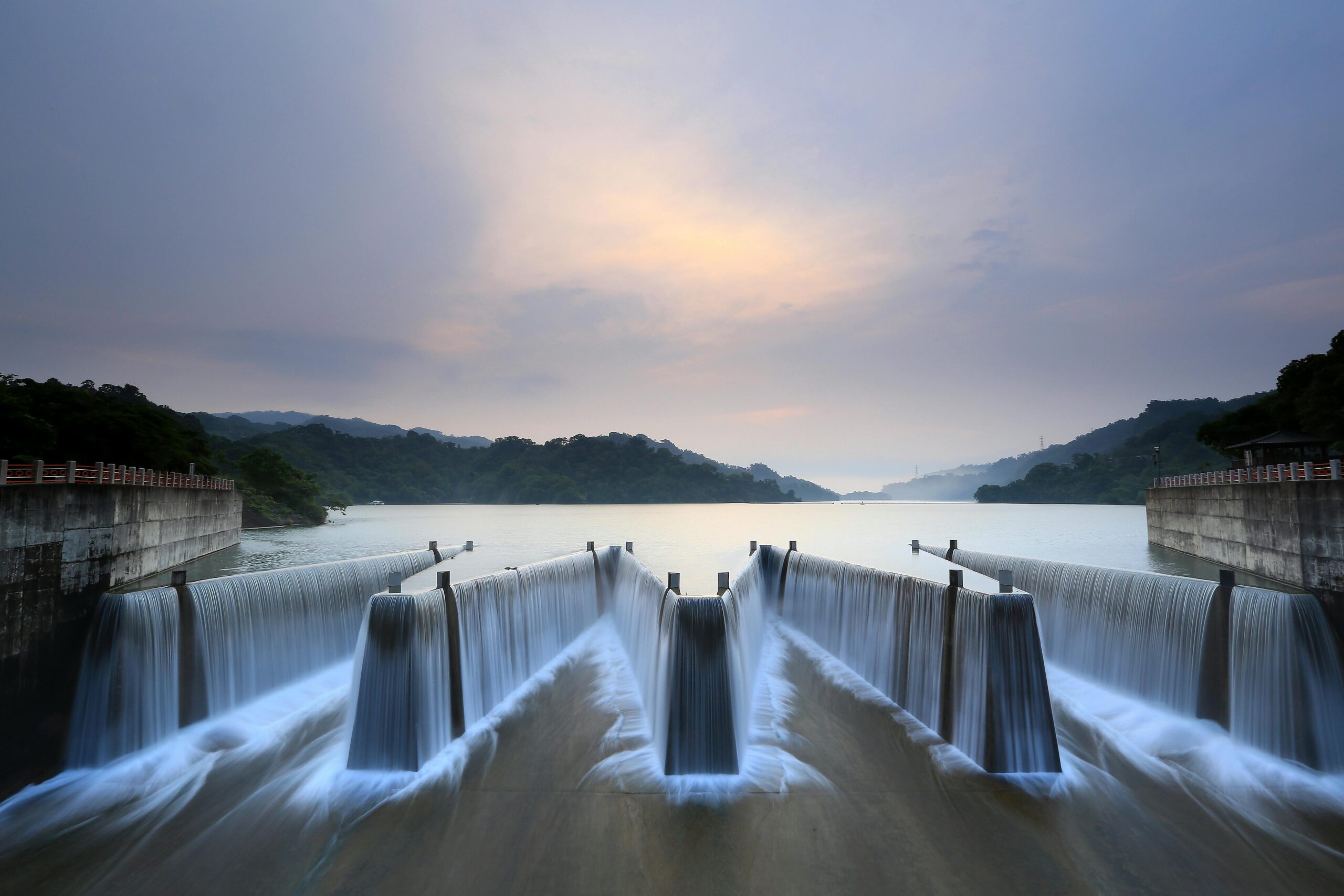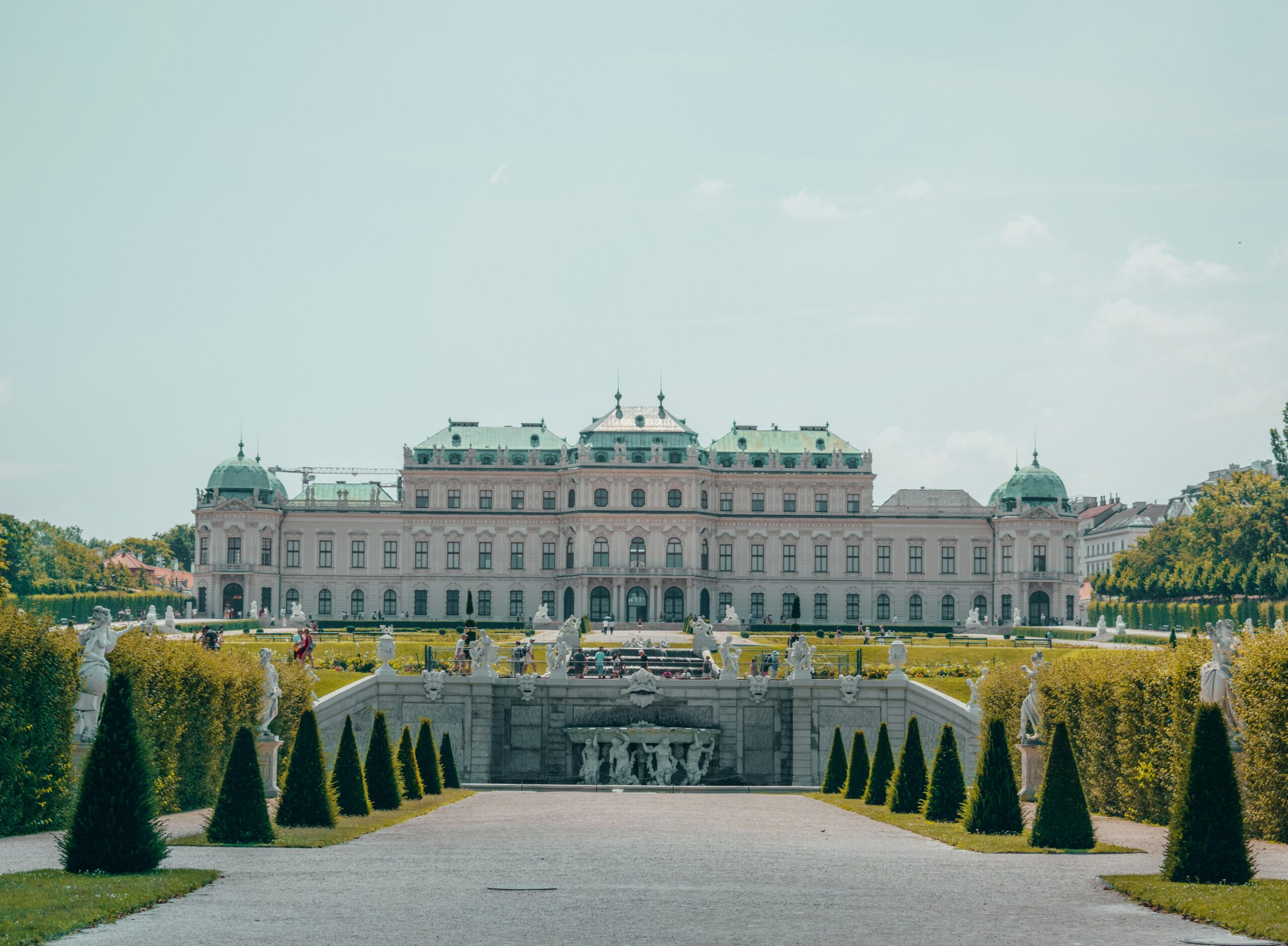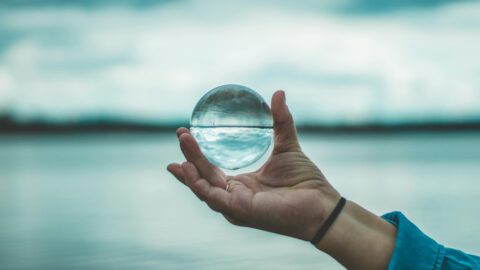One question we are often asked as fund managers is how we assess which shares are attractive and which ones we should rather leave alone. Naturally, every manager has their own method here. In Erste AM’s Austrian funds, we take a strongly fundamental approach. That being said, we don’t just rely on traditional company research, but expand it to include a sustainable approach.
Integrated sustainability research creates wider perspective
ESG often still has a bit of a reputation for being a “feel-good process”. If you exclude things that don’t work at all (weapons, tobacco, alcohol, etc.), perhaps a few energy companies, and sprinkle in a little “best in class” (i.e. the best companies in the respective sector from an ESG perspective) – surely you’ll end up with a great portfolio; or would you?
We take a different approach here. We include sustainability issues directly in the research. This way, we avoid a lopsided view (e.g. companies that are excellent in the environmental area but whose governance is far below international standards) and hope to avoid mistakes that result from taking too narrow a view. – “While this sounds all well and good, what does that mean in concrete terms?” Well, to put a little meat on the bone, I would like to go through the whole approach with an example. I have chosen Andritz, the manufacturer of machines for the paper industry, presses, and turbines, among others.
Please note: The company listed here was selected as an example and does not constitute an investment recommendation.
Whom am I dealing with anyway?
Every research effort starts with the following questions: “What does the company actually do? What does the business model look like? What megatrends does the company address with its products/services?”.
Andritz is a manufacturer of machines for the pulp and paper industry (about 47% of sales in 2023), presses and machines for the automotive industry (21%), and turbines for hydropower plants (18%). This list may come as a surprise to those who know the company primarily as a turbine manufacturer. In recent years, Andritz has increasingly branched into machine manufacture for a variety of different industries, partly through organic growth, but also through various acquisitions.
From what long-term developments can the company benefit?
That leaves the question of megatrends. Here we are talking about long-term developments that will be with us for the next few years and decades and therefore tend to be less dependent on short-term economic cycles. We want to make sure we have good coverage here for a long-term investment. In comparison to traditional research, we decidedly include sustainability issues here and pursue a longer-term approach than in the traditional approach, where we are looking at three to five years.
Andritz addresses several important trends here. As far as decarbonisation is concerned, the company has its own hydrogen electrolysis plants in addition to carbon capture and storage (CCS) plants. As one of the largest suppliers of turbines for hydropower plants, the company also contributes significantly to this sustainable form of energy. Andritz is also a player in the field of battery technology, where it builds entire systems for customers, primarily in the automotive sector.

Andritz manufactures systems for carbon storage, among other things. © pexels
The next megatrend is resource conservation and recycling. Naturally, new machines are significantly more efficient and thus help customers to save energy, but this is not something that is specific to Andritz. In fact, the company has been increasingly designing its machines in the general direction of the circular economy in recent years. It has made significant progress here, particularly in the pulp and paper sector. In addition to the use of by-products for energy generation, recycling plays a central role in the latest product lines such as “CircelToZero”.
Overall, it is fair to say that Andritz is well positioned in this area and has set the right priorities, especially in recent years. In fact, if you could throw a dart at a disc with important future topics, you would almost certainly hit an Andritz product.
Who are the competitors?
The next item in company research is the market structure. There are actually hardly any differences to traditional research here, which is why we will go over it quickly. There are two to three main competitors in practically all business areas, even if these vary depending on the business area. We therefore find ourselves in an oligopolistic structure, which generally allows companies to generate solid margins. At the same time, competition is often characterised by temporary attacks by competitors, which means that the company in question must continue to invest heavily in its products.
Who takes the decisions in the company?
The next question we ask ourselves is, “Who are the key decision-makers? Do they think in quarters, years, or generations?”. Here we have a clear advantage over our international competitors in the domestic market. Due to our proximity to the market, we can communicate directly with company management and form our own opinion. Of course, this is much easier if you meet the management in person instead of relying on sustainability reports etc., which sometimes paint a different picture than reality.
The most important decision-makers are almost always the “boss” (CEO) and the chief financial officer (CFO). Andritz is a bit of an exception here, because in order to understand the current orientation and strategy, you also have to look at the past. The architect of the company is the former CEO Dr. Leitner, who is also the company’s largest shareholder. Under his leadership, the current growth strategy was adopted, and the focus was increasingly placed on widening the product range. In addition to being a shareholder, he is now also the chairman of the Supervisory Board, which makes the company very similar to a family-run business.
The current CEO has been with the company for many years, so he has the same DNA as it were. We were able to get to know the CFO and key department heads at various capital market days and events, so the company is also quite transparent in this respect.
In what time frame do these decision-makers think? Here again, we encounter key sustainability issues, as they are often of a long-term nature. Given that the company somewhat resembles a family business, management generally thinks in longer time frames. The importance of sustainability issues in the corporate mindset was also evident at the last Capital Markets Day, when sustainable products featured prominently in every single segment presentation.
What sort of problems have there been in the past?
At this stage of the analysis, we also look at controversies and problems from the past. Sooner or later, challenges arise in every company. How they are dealt with, however, varies greatly and is a key indicator of management quality. In the case of Andritz, this mainly concerns the supply of machines for projects of a dubious nature. In the turbine sector in particular, the company experienced individual cases of deliveries for dams where the power plant operators showed little consideration for the indigenous population. In such cases, we seek an active dialogue with the company. In recent years, Andritz has significantly tightened its selection criteria for projects, although it has to be noted that as a supplier it often has only limited influence on the actual project design.

Andritz is one of the largest providers of turbines for hydroelectric powerplants. © unsplash
Governance: how is the company managed?
Last but not least, we look at other governance issues. How independent is the Supervisory Board? What about diversity (N.B. especially with regard to different competences. A Supervisory Board consisting of 50% women and 50% men will usually run into trouble if it consists only of lawyers)? And how is the remuneration policy structured – what are the priorities? Is the topic of sustainability explicitly covered in the remuneration? To what extent do the interests of management and shareholders overlap?
We also pursue an active engagement and voting policy for all of these topics. We have around 100 management meetings a year, so we see most companies every four to eight weeks on average. To avoid the temptation of selectivity here, we publish our voting behaviour and our policy on our homepage, where everybody has access to it. Conversations with management are not always easy, but this transparency helps us to set expectations correctly. The companies know what we expect from them and what they can expect from us. Due to the size of our Austrian funds, we are a top-five shareholder in many companies, which is why our voice carries weight here.
How do these factors inform the assessment?
We are approaching the end of the research analysis, and it is time to make a judgement. In the case of Andritz, this judgement is largely positive. The company’s products are strongly focussed on future megatrends, which is why we expect solid growth in the medium term. There is certainly room for improvement in the area of governance, but Andritz is no exception in its peer group.
After this rather intensive process, the question remains: how do we feed all this information into the assessment model? In most cases, we use classic discounted cash flow models, as most analysts do. These allow us to model scenarios and generate a range of estimates. In addition to the traditional base-case scenario, there tends to be an ESG scenario and a “dirty scenario” (N.B. most of our creativity goes into the design of the scenarios, so there is not much left for naming them). The most important point here is that the modelling principle of “garbage in – garbage out” naturally also applies to sustainable scenarios. The story must be consistent in order to avoid errors and biases.
Conclusion: intensive scrutiny of the companies from all angles
For Andritz, we assume higher demand for sustainable products in the ESG scenario. This means higher sales for the company, but also higher investments (to expand production) and, in some cases, higher risk premiums due to past controversies. The opposite is the case in the “dirty scenario”, where the company has to write off research costs as the sustainable products flop. This leads to savings programmes and a strong focus on costs. These different scenarios not only allow us to assess the company’s potential, but also to establish the risk/reward ratio.
According to our analysis, Andritz should benefit significantly, especially in the sustainable scenario. However, the real value of this research is to be found not so much in the scenarios or the risk/reward ratio itself, but in the fact that one takes a close look at a company and scrutinises it from all possible angles. This makes it easier to assess how various shocks would affect the company; because one thing is certain in our industry: the future almost never turns out the way you modelled it.

Invest in Austrian companies
Further information on our Austrian equity fund ERSTE STOCK VIENNA can be found on our website. The fund invests in companies with an initial listing on the Vienna Stock Exchange. When selecting stocks, the focus is on high-quality and fast-growing companies. Sustainability criteria are taken into account.
This article is part of the July 2024 issue of our ESGenius Letter. All other articles in this issue, as well as previous versions of our sustainability publication ESGenius Letter, can be found on our website.
👉 Read now
Notices ERSTE STOCK VIENNA
The fund pursues an active investment policy and does not follow a benchmark. The assets are selected at our discretion, without any constraints to the latitude of judgement on the investment company’s part. Please note that investing in securities also harbours risks in addition to the opportunities described above.
For further details on the sustainable strategy of ERSTE STOCK VIENNA and on the Regulation (EU) 2019/2088 of the European Parliament and of the Council of 27 November 2019 on sustainability‐related disclosures in the financial services sector and the Taxonomy Regulation (Regulation (EU) 2020/852) please refer to the current prospectus <bitte engl. Link einfuegen>, point 12 and the appendix, “Sustainability principles”.
When deciding to invest in ERSTE STOCK VIENNA, please take into account all features and goals of ERSTE STOCK VIENNA as described in the fund documents.
Detailed information on the feeder fund and master fund can be found in the respective prospectus, part II, point 1, available at www.erste-am.at.
Benefits for investors
- Broad diversification in Austrian companies even with a small capital investment
- The fund may be used as investment vehicle within the context of a pension plan with preferential premium according to sec. 108 h (1) of the Austrian Income Tax Act
- Chance of attractive value growth
Risks to bear in mind
- The fund price may be subject to significant fluctuation (i.e. high volatility).
- Capital loss is possible.
- As the feeder fund invests the majority of its assets in the master fund, the performance of the feeder fund largely depends on the performance of the master fund. The following risks may be of particular relevance to the fund: credit risk, counterparty risk, liquidity risk, deposit risk, derivative risk, and operational risks. For comprehensive information on the risks of the fund, please refer to the prospectus and to the information for investors according to sec. 21, part II, chapter “Risk notices” of the Austrian Alternative Investment Fund Managers Act
Risk notes according to 2011 Austrian Investment Fund Act
The Investment Fund will permanently invest at least 85% of its assets in shares of RT Österreich Aktienfonds (master fund).
Legal disclaimer
This document is an advertisement. Unless indicated otherwise, source: Erste Asset Management GmbH. The language of communication of the sales offices is German and the languages of communication of the Management Company also include English.
The prospectus for UCITS funds (including any amendments) is prepared and published in accordance with the provisions of the InvFG 2011 as amended. Information for Investors pursuant to § 21 AIFMG is prepared for the alternative investment funds (AIF) administered by Erste Asset Management GmbH pursuant to the provisions of the AIFMG in conjunction with the InvFG 2011.
The currently valid versions of the prospectus, the Information for Investors pursuant to § 21 AIFMG, and the key information document can be found on the website www.erste-am.com under “Mandatory publications” and can be obtained free of charge by interested investors at the offices of the Management Company and at the offices of the depositary bank. The exact date of the most recent publication of the prospectus, the languages in which the fund prospectus or the Information for Investors pursuant to Art 21 AIFMG and the key information document are available, and any other locations where the documents can be obtained are indicated on the website www.erste-am.com. A summary of the investor rights is available in German and English on the website www.erste-am.com/investor-rights and can also be obtained from the Management Company.
The Management Company can decide to suspend the provisions it has taken for the sale of unit certificates in other countries in accordance with the regulatory requirements.
Note: You are about to purchase a product that may be difficult to understand. We recommend that you read the indicated fund documents before making an investment decision. In addition to the locations listed above, you can obtain these documents free of charge at the offices of the referring Sparkassen bank and the offices of Erste Bank der oesterreichischen Sparkassen AG. You can also access these documents electronically at www.erste-am.com.
Our analyses and conclusions are general in nature and do not take into account the individual characteristics of our investors in terms of earnings, taxation, experience and knowledge, investment objective, financial position, capacity for loss, and risk tolerance. Past performance is not a reliable indicator of the future performance of a fund.
Please note: Investments in securities entail risks in addition to the opportunities presented here. The value of units and their earnings can rise and fall. Changes in exchange rates can also have a positive or negative effect on the value of an investment. For this reason, you may receive less than your originally invested amount when you redeem your units. Persons who are interested in purchasing units in investment funds are advised to read the current fund prospectus(es) and the Information for Investors pursuant to § 21 AIFMG, especially the risk notices they contain, before making an investment decision. If the fund currency is different than the investor’s home currency, changes in the relevant exchange rate can positively or negatively influence the value of the investment and the amount of the costs associated with the fund in the home currency.
We are not permitted to directly or indirectly offer, sell, transfer, or deliver this financial product to natural or legal persons whose place of residence or domicile is located in a country where this is legally prohibited. In this case, we may not provide any product information, either.
Please consult the corresponding information in the fund prospectus and the Information for Investors pursuant to § 21 AIFMG for restrictions on the sale of the fund to American or Russian citizens.
It is expressly noted that this communication does not provide any investment recommendations, but only expresses our current market assessment. Thus, this communication is not a substitute for investment advice.
This document does not represent a sales activity of the Management Company and therefore may not be construed as an offer for the purchase or sale of financial or investment instruments.
Erste Asset Management GmbH is affiliated with the Erste Bank and austrian Sparkassen banks.
Please also read the “Information about us and our securities services” published by your bank.

